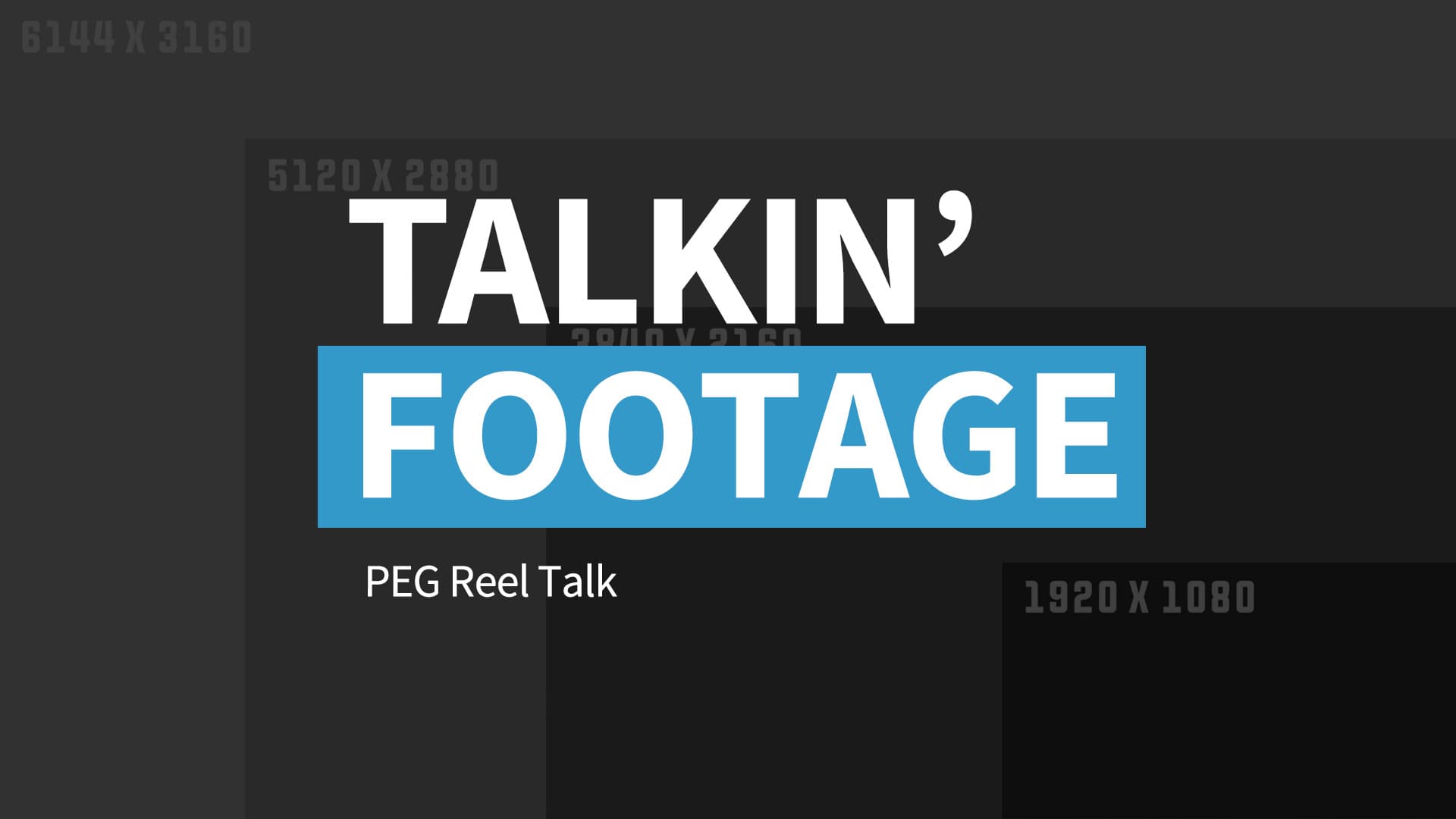What Kind of Lighting Look Should I Have?
LIGHTS. CAMERA. ANSWERS.
Lighting is super important in image capturing. I'm sure you've all tried to take a photo or video with no light. So we all know that's important, but as professionals we can do more than just flip on some lights in the ceiling and call it a day.
Video Transcript
Hey guys. Welcome back to Lights. Camera. Answers. I'm David, and today we're talking about my favorite production topic lighting. Specifically, the importance of lighting and some basic lighting options.
Lighting is super important in image capturing. I'm sure you've all tried to take a photo or video with no light. So we all know that's important, but as professionals we can do more than just flip on some lights in the ceiling and call it a day.
Whether you realize it or not, every produced image you see is manipulating light in one way or another. Sometimes it's as simple as filtering or redirecting sunlight, and other times it's as complicated as recreating daytime or night time in a pitch black studio.
Here at PEG, we utilize our lighting techniques in a vast amount of scenarios. It's really important to focus on lighting design, because it helps to set the mood for your piece and keep your audience engaged.
On one side you have your more realistic lighting. This lighting is meant to feel natural and grounded in the scene. When your audience sees this it's easier for them to imagine themselves in the position of your character. As humans, I think we're really good at knowing when something is artificially lit and when that illusion is broken we know we're watching something and we feel less a part of the story.
On the other side, you have more artistic lighting. This lighting isn't meant to feel realistic and is more so built on artistic expression. This lighting has no rules and can be used to create eye-catching pieces where realism isn't as important. Typically you'd see this kind of lighting in certain types of commercial or sports work. This lighting gets to use more bold colors and looks without constraints of the real world.
One thing to keep in mind is the amount of time you should dedicate to proper lighting. Getting the exact look you're going for isn't always easy and may take some extra time and patience to get the best result. My advice is to budget a good amount of time in pre-production to speak with our team about your lighting goals and dedicate time on set to really dial in the mood you want.
It's important to put as much time in as you can on set rather than retroactively trying to create a look and feel in post-production. There's a lot to be said about color grading in post-production, but if you don't have intentionally lit footage to work from, you're gonna have a hard time making the footage as engaging for your audience.
Well, that about wraps it up for me today. If you like this kind of content head on over to our social channels and give us a follow. If you have any questions, visit us at prittentertainmentgroup.com. We'll see you next time.




